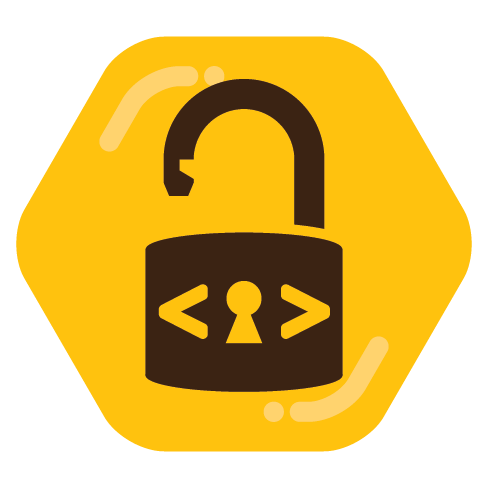

Posting images on Reddit allow to add alt-text? And the user has to add the name as alt-text, otherwise it wouldn’t have one. I don’t remember that was even possible.
I’m here to stay.


Posting images on Reddit allow to add alt-text? And the user has to add the name as alt-text, otherwise it wouldn’t have one. I don’t remember that was even possible.


deleted by creator


That’s not the point. The point is that people not living here wants to change things they are not affected by. I’m not trying to change the USA too, because I don’t live there. I mean that by principle. Edit: And for clarification, I didn’t insult the person I was responding to. I meant the concept is stupid, not the person.


This is stupid. People not living in that country should not be able to decide. It’s like Russian people would decide what I can access and not in my country… Sorry not being personal here, I just find this is wrong. I am not taking your rights way if you have the right to apply, just saying my opinion.
It makes great articles and headlines for clicks.


Blocking an entire community, service or application blocks access to non disinformation and normal communication too. Instead fight against the specific issues. Or with your logic we need to ban every platform such as Reddit, Facebook, YouTube, Twitch, Discord and even Wikipedia. Because misinformation is everywhere.
I don’t want anyone decide for myself what to use. If I want to use Twitter, that should be MY decision, not yours, not the one with the campaign here and certainly not any government.


I hope not.


I don’t like Twitter, but I am also not for banning a service or application nationwide. This should be the choice of the user. Do not take away freedom of choice, regardless of your feelings, believes or what you like. Do not be like China or Russia.
Instead fight against the actual problem, like disinformation or whatever it is. I’m absolutely against such a ban.


Given the recent cooporation with Google and that Google has excellent image text recognition, isn’t this a safe bet? Otherwise Reddit would have this done without AI for years.


The major ones are already listed, so I mention only a few lesser known ones:


Thanks, lol. I hope they realize soon that Rust is not forced to be used. Also the US government didn’t even talk about Rust only, but memory safe languages and listed Rust as an example.


I would encourage you to do so. I do not think it would be wrong to learn how to use a common Open Source program like this. If you watch lot of YouTube, there is a channel Davies Media Design that teaches a lot of stuff in GIMP:


There’s no such thing as a language that’s advantages outweigh the security risks of rushed development to convert decades of tested code.
Who said or suggested that anyway? Other than bringing this up now. Who says to convert decades of tested code to rushed code of new language?? Do people read the stuff before they reply?


Making them die by Ai instead by human doesn’t help anybody.
Well its possible to have a bridge system, like its possible with Discord and Matrix. So from technical standpoint, I think it would be possible, unless they choose to not.
As for the centralized vs decentralized, BlueSky uses the https://en.wikipedia.org/wiki/AT_Protocol , which is decentralized. If you do not agree to this, then do you have an explanation to why?
Edit: Funny enough I read this AT_Protocl is Based on ActivityPub, according to the Wikipedia article.
At least BlueSky is built on a technology based on open standard protocol and is decentralized. Kind of similar to the goals of Fediverse / Mastodon. So I assume someone else can just create a server and join the network of BlueSky? I don’t know if this is possible. But in reality at the moment its controlled by only one big company.
My hope is that they will one day cooperate with Fediverse, so it becomes read from and write to relationship.
Source: https://bsky.jazco.dev/stats and https://mastodon.social/@mastodonusercount
These numbers are to taken with a grain of salt. Mastodon in example can’t count all instances, because not all are federated. Also on both instances we don’t have numbers of active users per day or logged in at the same time. However Bluesky provides statistics beyond just the number of accounts. I’m not saying one is better or has more active users than the other, only that the total number of accounts can be misleading as much as the Megapixels count of your camera.
Edit: I forgot there is another statistics displaying the number of active users for Mastodon: above 2.5 million users. Also it displays current Mastodon user count less than 10 million. Again either it counts it differently or it does not have access to the same instances as the other account has. Source: https://mastodon-analytics.com/


Assuming AI is perfect…


Or do not allow AI controlled cars in the city. Maybe its okay on longer roads without traffic.
I’m surprised this was understood wrongly. If the EU blocks it EU wide, then it is blocked country/nation wide in my country. I never said EU is a country. But discussion about these language stuff just takes away from the actual problem and topic of the issue I was talking about. But if that is the important stuff you guys want to talk about, well go ahead.
And it does not matter if this is official or not for what I was talking about. People who don’t live in my country should not decide what access I should have.